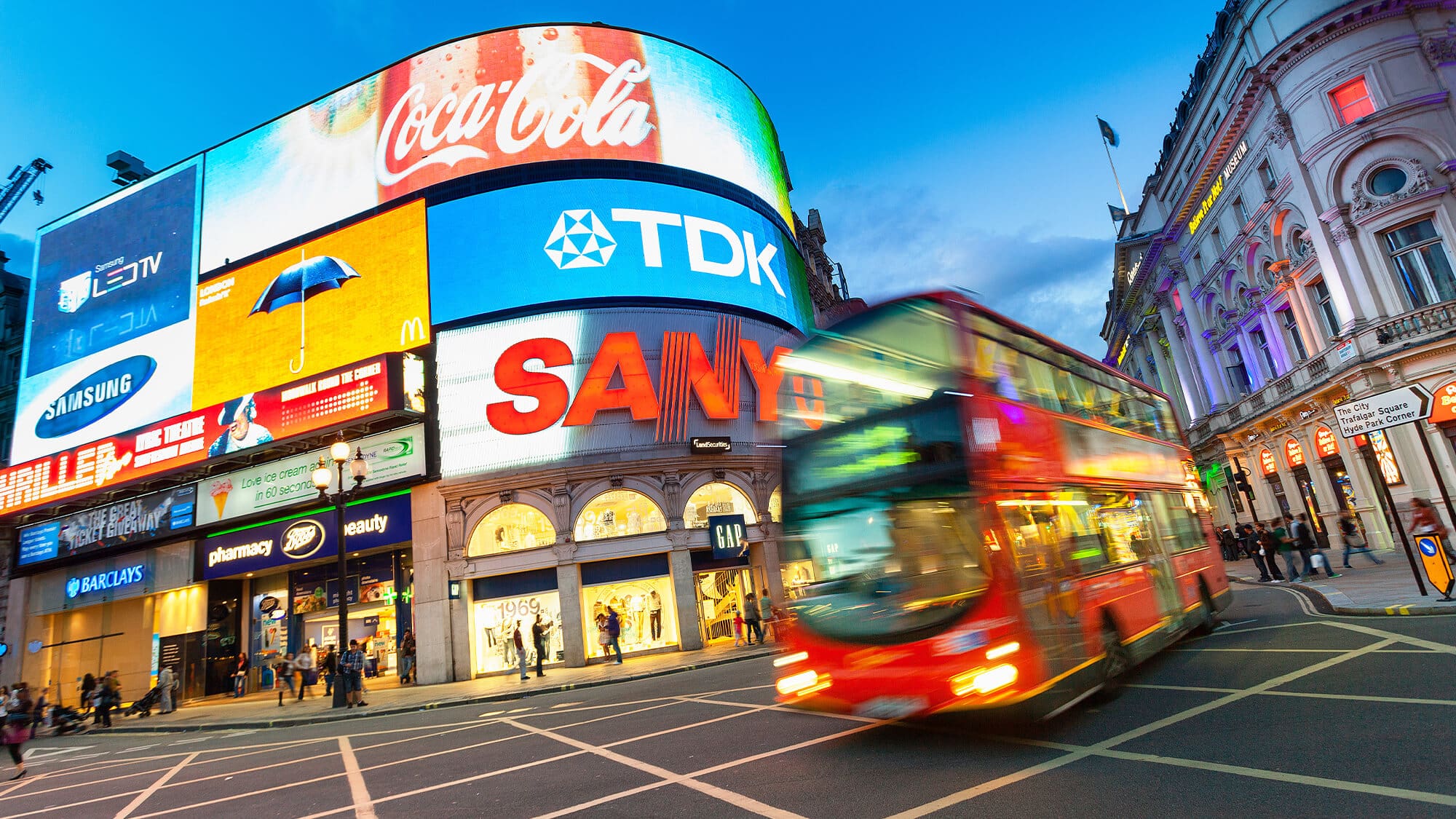We are often asked the simple question “Is branding really that important?” of course, our simple answer is ‘yes!’ – but we would say that, wouldn’t we? Let’s take a brief look at why branding is important and also some of the elements that make up a brand.
One of the key things to recognise about a strong brand is that its value increases over time. When a brand is new, it can be easy to be distracted by the minute details of a logo, or the shade of blue used on the website, but the most important job that a brand has to do, is to communicate clearly your value proposition and do it consistently.
There is a tendency when branding a company to try and appeal to too many people and tastes. Remember to focus instead on the people who are most likely to buy your product or service. What do they like? Where else do they buy and where do they hang out? These are the people you are creating the brand for. By doing this, you will help cement your existing customer base and attract more people who are likely to be interested in your company.
The Importance of Branding:
- Differentiation: A strong brand helps to differentiate a company's products or services from its competitors. A well-defined brand can communicate a unique value proposition, helping to establish a company's identity and stand out in a crowded market.
- Recognition: A strong brand helps to create recognition and awareness among potential customers. A consistent and cohesive brand identity can help customers to remember a company and its products or services.
- Trust: A strong brand can help to build trust and credibility with customers. A company with a well-established brand is perceived as being more reliable and trustworthy, making customers more likely to choose it over other options.
- Loyalty: A strong brand can help to build customer loyalty. When customers have a positive experience with a brand, they are more likely to become repeat customers and to recommend the brand to others.
- Financial value: A strong brand can have significant financial value. A well-known and respected brand can command higher prices for its products or services and can be more attractive to potential investors or buyers.
Branding is important because it helps to establish a company's identity, create recognition and trust with customers, and build long-term loyalty and financial value. Let’s take a quick look at the core elements that make up a brand.
Logo:
- Brand Recognition: A logo helps to identify and differentiate a brand from its competitors. It's often the first thing that customers notice about a company, and it serves as a visual representation of the brand.
- Professionalism: A well-designed logo can help establish a professional image for a business. It gives the impression that the company is established and trustworthy.
- Brand Identity: A logo helps to communicate the brand's values, personality, and positioning. It's an opportunity for a company to express itself visually and create a unique identity that resonates with its target audience.
- Memorability: A simple and memorable logo can help customers remember a brand and make it easier for them to recall it later.
- Consistency: A logo helps to maintain consistency in the brand's visual identity across different platforms and media, including websites, social media, packaging, and advertising.
Typography:
- Firstly, typography plays a crucial role in creating a visual hierarchy of content, which helps readers to understand the relative importance of different pieces of information. By using different fonts, sizes, and weights, designers can guide the reader's eye through a piece of content and highlight the most important information.
- Secondly, typography can help to establish the tone and personality of a brand or piece of content. For example, a sans-serif font might convey a modern and minimalist aesthetic, while a script font might convey elegance and sophistication.
- Thirdly, typography can impact the readability and legibility of a piece of content. By choosing the right font and optimizing spacing, designers can ensure that the text is easy to read and doesn't strain the eyes.
Colour:
- Yes, colour is very important in branding. It is a powerful tool that businesses use to communicate their brand's personality, values, and identity to their customers. Colour can have a significant impact on how a brand is perceived, and can influence customer behavior and purchasing decisions.
- Different colours are associated with different emotions and meanings. For example, red is often associated with excitement, passion, and energy, while blue is associated with trust, dependability, and professionalism. Colours can also be used to differentiate a brand from its competitors, and to create a consistent visual identity across all marketing materials and touchpoints.
- Selecting the right colour/s for a brand is an important decision that should be based on careful research and consideration of the brand's values, target audience, and competitive landscape.
Brand Guidelines
Brand guidelines, also known as brand standards or brand manuals, are a set of rules and guidelines that define how a company presents itself to the public, both visually and in terms of messaging. They establish the standards for how a brand's logo, colors, typography, tone of voice, and other visual and verbal elements should be used in marketing and communication materials.
Brand guidelines provide consistency in the way a brand is represented across all channels, such as advertising, social media, packaging, and websites. They ensure that all marketing materials are on-brand and aligned with the brand's values and identity.
Typically, brand guidelines include details about:
- Logo usage: specifications for size, placement, and colours
- Colour palette: a defined colour scheme for the brand, including primary and secondary colours
- Typography: font styles, sizes, and usage guidelines
- Tone of voice: a description of the brand's personality and messaging style
- Visual style: guidance on photography, illustration, and other visual elements
- Brand positioning: the key messages and values that define the brand's identity and differentiate it from competitors
Whether you’re starting out, or rebranding and existing company or organisation, we can help you to organise your thoughts, gather together inspiration and create something brilliant that you and your team love and your customers are drawn to.



